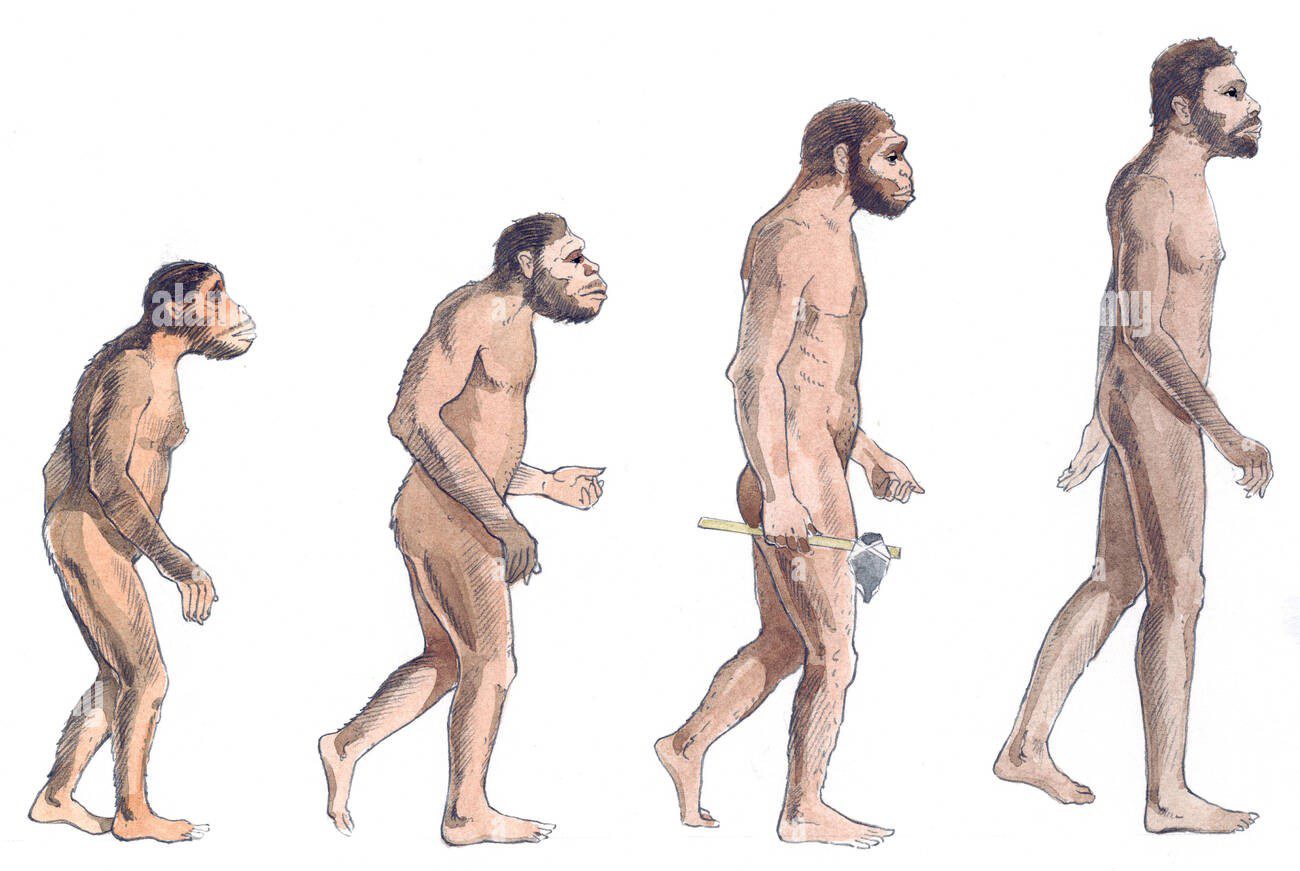Scientists at the University of Bath’s Milner Centre for Evolution have discovered that it is more misleading to compare anatomy with gene sequences when determining the evolutionary tree of an organism. This study was published in “Communications Biology.”
Biologists have ever tried to reconstruct the “family tree” of animals from Darwin and his contemporaries in 19 Century. They carefully examined differences in their anatomy and structure.
With the rapid development of genetic sequencing techniques, biologists now can use genetic (molecular) data to piece together the evolutionary relationships of species and is often used to prove that organisms once believed to be primarily related belong to entirely different trees.
For the first time, scientists at Bath compared the evolutionary trees based on morphology and molecular data and mapped them according to geographic location.
They found that animals grouped using the molecular tree were more geographically close than those using the morphological tree.
Matthew Wills, Professor at Evolutionary Paleobiology in the Milner Centre for Evolution, states that “it turns out to be that many of our evolutionary trees are wrong.”
“Past 100 years, we have been classifying organisms by how they look anatomically. But, molecular evidence often tells us a much different scenario.”
“Our study showed that if we build an evolutionary tree of animals based upon their molecular information, it often fits more closely with their geographic distribution.”
Darwin and his contemporaries recognized the value of biological evidence from “where things live,” which is their biogeography.
“For example, tiny elephant shrews and aardvarks all came from the same branch of mammal evolution, despite their completely different appearances (and they live in very different ways).
“Molecular trees have gathered them all in a group called Afrotheria. This is so-called because all of them come from Africa. The group matches the biogeography.”
Professor Wills said that there are many famous examples of concurrent development, such as the evolution of flight in birds and bats or the creation of complex eyes in squids and humans.
“But now that molecular data is available, we can see how convergent evolution occurs all the while–things we thought were related often end up far apart on our tree of life.”
Evolution is constantly inventing new solutions and finding the exact solution every time a problem arises on a different branch.
“It seems that convergent development has been fooling people-even, the smartest evolutionary biologists and anatomists-for last 100 years.”
“The idea that biogeography could reflect evolutionary history was a major part of what prompted Darwin’s theory of evolution through natural selection. It’s therefore quite surprising that it hasn’t been used directly to test the accuracy of evolutionary trees before”, Dr. Jack Oyston, Research Associate and the first author of this paper.
“What is most exciting about this research is the strong statistical support that molecular trees fit better in groups like Afrotheria than in the tree of life in reptiles and insects.”
“It is a pervasive pattern, making it more useful as a general test for different evolutionary trees. It also shows how pervasive convergent history has been in misleading us.”
Being one of the leading news writers of the medicalmarketreport he writes on other news sites like media.market.us, DailyHeraldBusiness, and many more., Steven holds a specialization in the domains of business and technology. The passion he has for the new developments in connected devices, cloud technology, virtual reality, and nanotechnology is seen through the latest industry coverage which is done by him. His take on the consequences of digital technologies across the world gives his writing a modern and fresh outlook.
